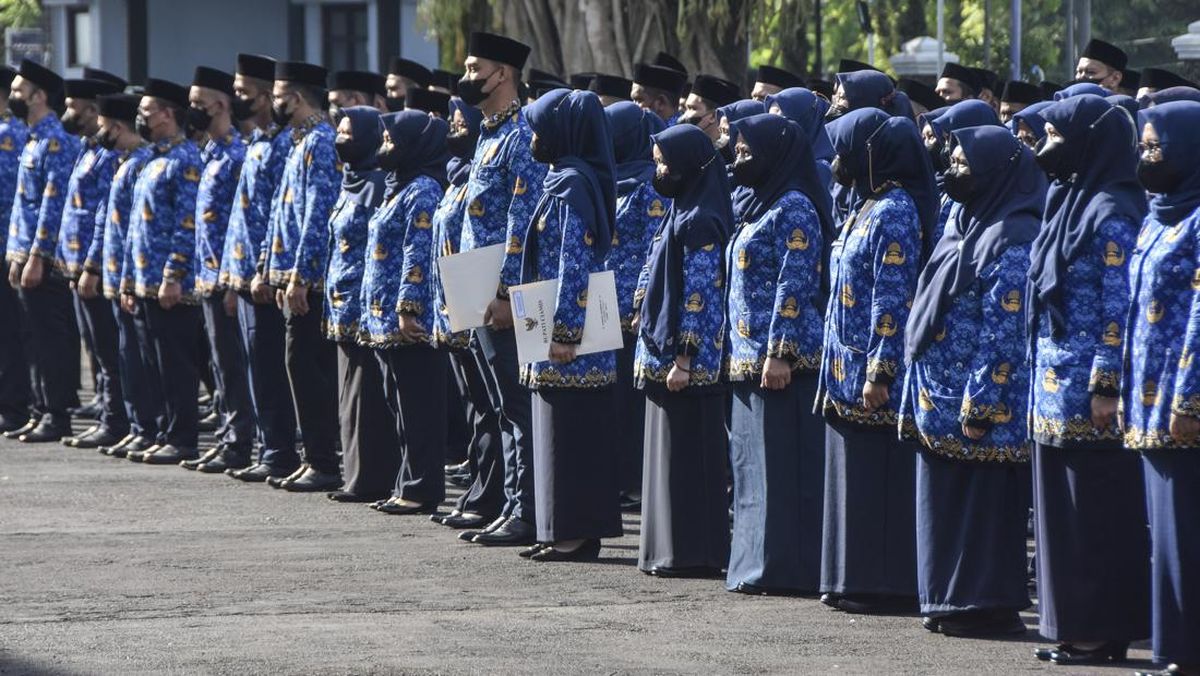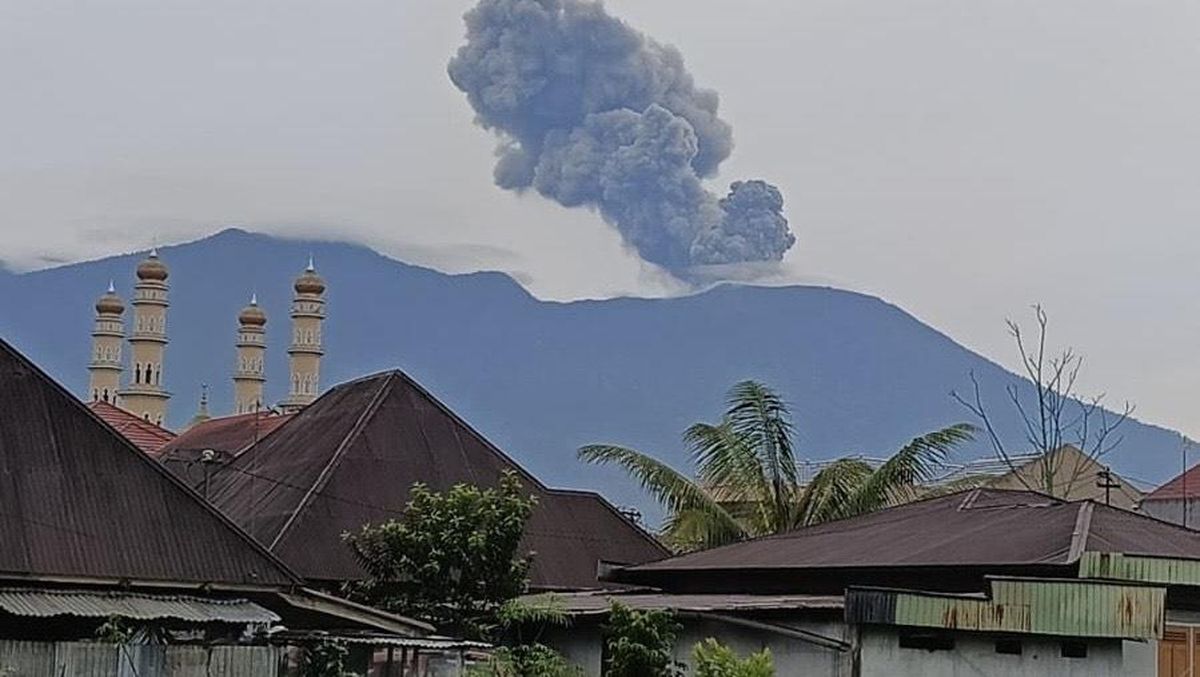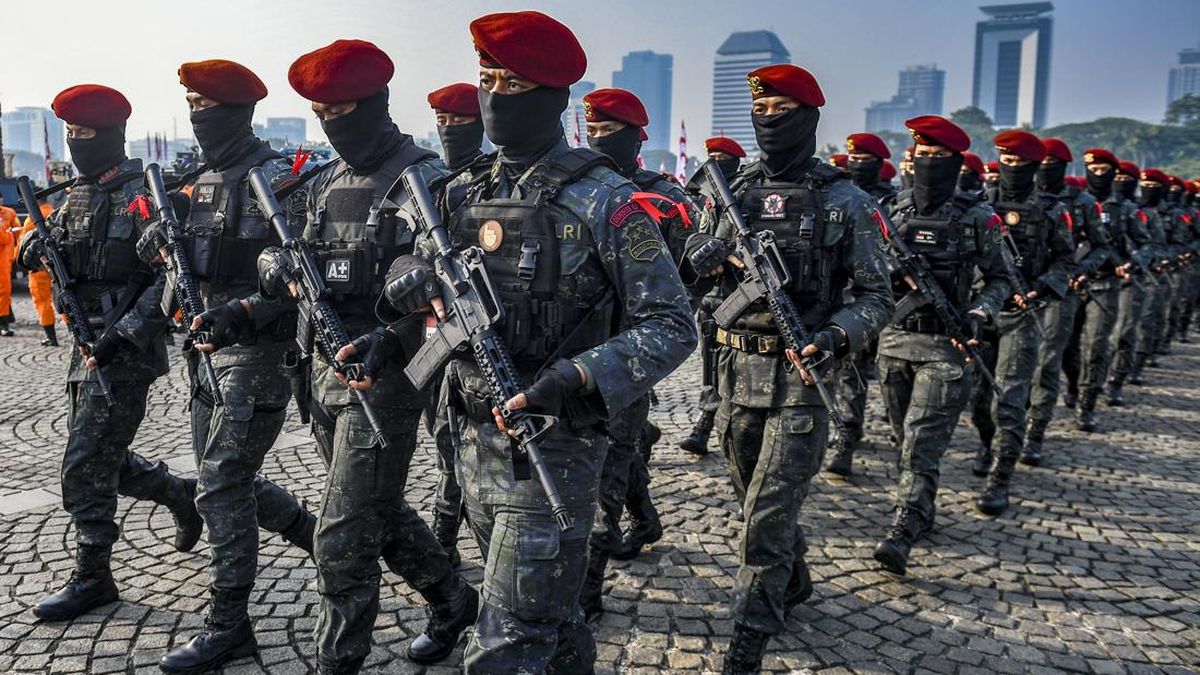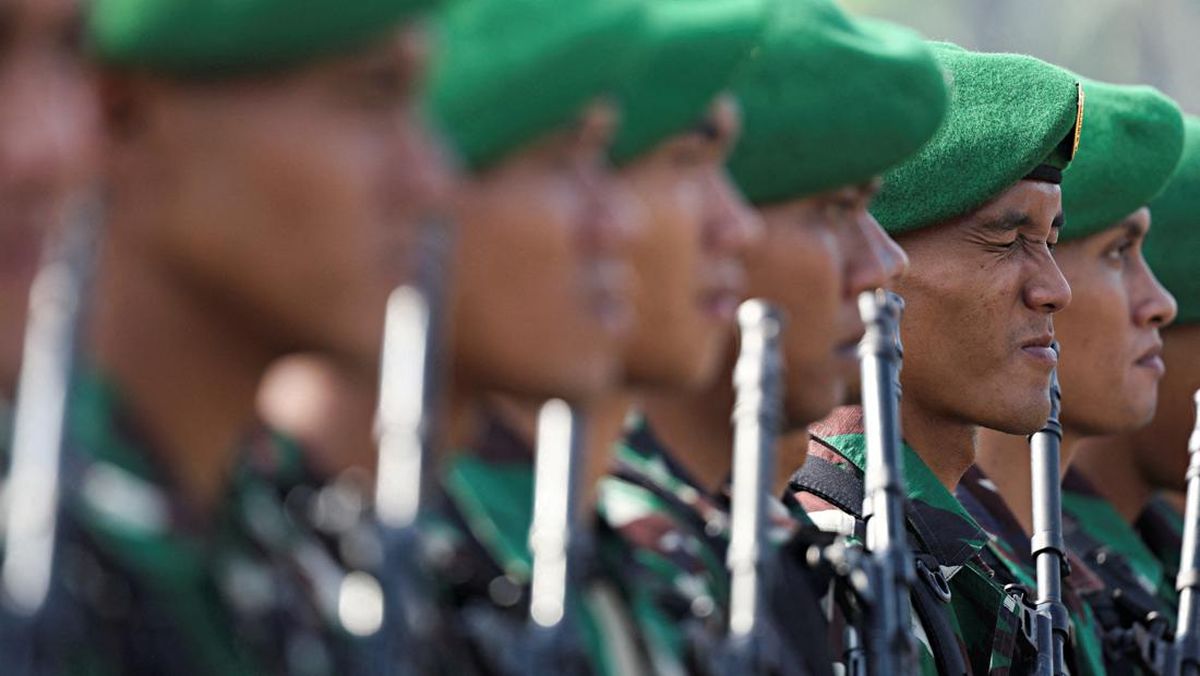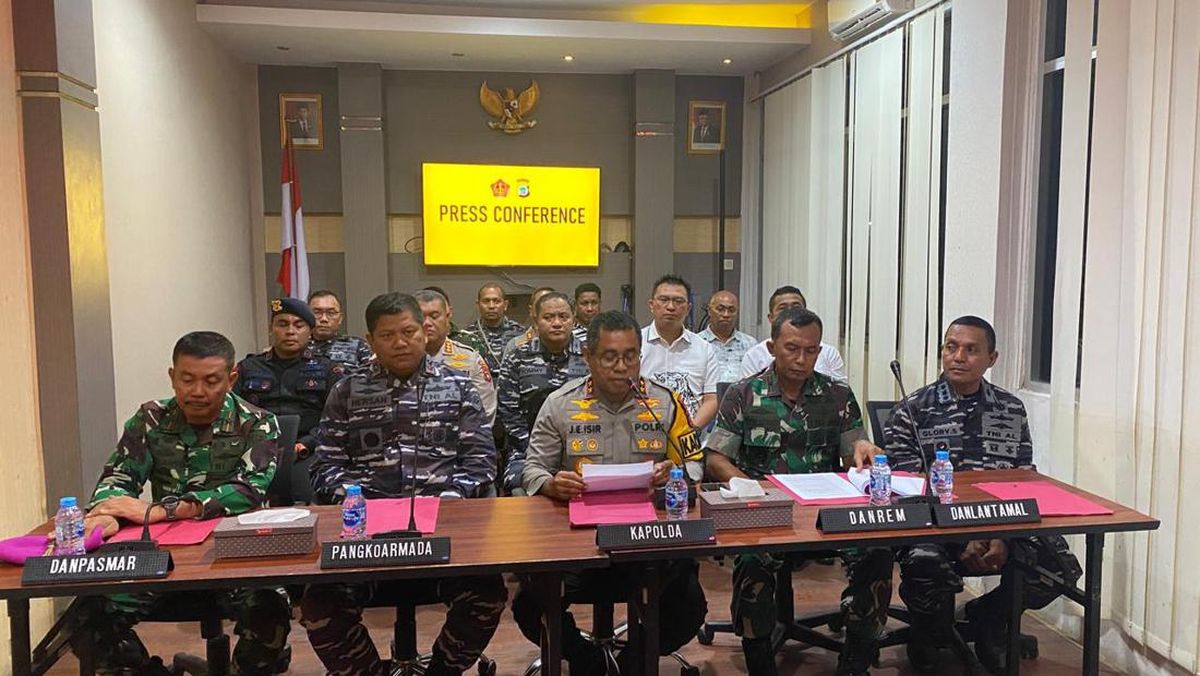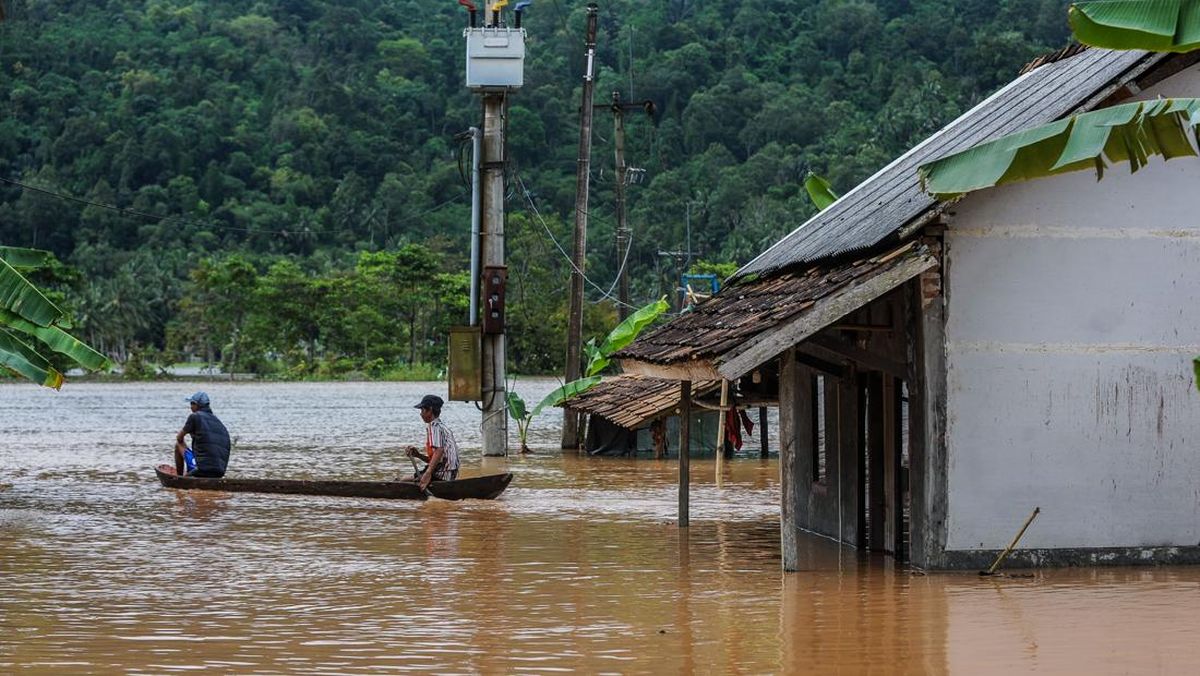TEMPO.CO, Jakarta - The Jeju Air Boeing 737-800 incident is considered the most devastating plane crash in South Korea's history. The aircraft, carrying 179 people, landed inverted, skidded off the runway, and collided with a wall at Muan International Airport in South Jeolla Province on Sunday, December 29, 2024.
The flight with tail number 7C2216 originated from Bangkok, Thailand. This raises the question: what are the specifications of the Boeing 737-800?
Jeju Air Boeing 737-800 Aircraft Specifications
According to the Altitude Flight Simulation Center, the Boeing 737-800 is part of the Next Generation (NG) 737 series, which also includes the 737-600, 737-700, and 737-900 variants. This model developed as an improvement upon the 737 Classic is designed to combine advanced technology, fuel efficiency, and increased passenger capacity.
The Boeing 737-800 was officially launched on September 5, 1994, with its maiden flight taking place on July 31, 1997. Since then, the 737-800 series has become one of the most popular aircraft ordered by airlines worldwide.
The Boeing 737-800 has a length of 39.5 meters, a wingspan of 34.3 meters, and a height of 12.5 meters. Its seating capacity is configured in two ways: 162 passengers in a two-class (economy-business) configuration and a maximum of 189 passengers in a single-class (economy) configuration.
It has a range of approximately 7,130 kilometers, making it suitable for short- and medium-haul routes, with a cruising speed of up to 940 kilometers per hour. The Boeing 737-800 is powered by the CFM International CFM56-7B engine, which is recognized for its reliability and fuel efficiency.
According to Paramount Business Jets, the average purchase price of a new Boeing 737-800 is US$106,100,000, or approximately Rp1.5 trillion (at an exchange rate of Rp15,000). The average hourly rental rate is US$21,050, or Rp315,750,000.
A History of Boeing 737-800 Accidents
In addition to the recent incident involving the South Korean airline Jeju Air, the Boeing 737-800 has been involved in several other accidents, including Lion Air Flight 904 on April 13, 2013, and Batik Air Flight 7703 on April 4, 2016. The following are some of the most severe incidents:
GOL Transportes Aereos 1907 (September 29, 2006)
As reported by the Aviation Safety Network, a GOL Transportes Aereos 1907 Boeing 737-800 crashed after a mid-air collision with an Embraer Legacy 600 over Brazil. This heartbreaking event on Friday, September 29, 2006, resulted in the deaths of all 154 people on board the 737-800.
Kenya Airways Flight 507 (May 5, 2007)
A Boeing 737-800 carrying 108 passengers and six crew members lost contact and crashed into a swamp on Saturday, May 5, 2007. The Kenya Airways flight, en route from Abidjan, Ivory Coast, to Nairobi, Kenya, via Douala, Cameroon, resulted in the loss of all lives on board.
Ethiopian Airlines ET409 (January 25, 2010)
An Ethiopian Airlines Boeing 737-800 crashed 6 kilometers southwest of Rafic Hariri International Airport in Beirut, Lebanon, on Monday, January 25, 2010. The plane crashed into the Mediterranean Sea shortly after takeoff, killing all 82 passengers and eight crew members.
Air India Express Flight 812 (May 22, 2010)
In the same year, an Air India Express Boeing 737-800 crashed into a fence at the end of the runway while landing at Mangaluru International Airport and then plunged into a valley below on Saturday, May 22, 2010. All 158 passengers, including six crew members, were killed, with eight survivors.
China Eastern Airlines (March 21, 2022)
Another Boeing 737-800 crash occurred on Monday, March 21, 2022. A China Eastern Airlines plane crashed in a mountainous area approximately 20 kilometers southwest of Wuzhou, Tengxian, China, resulting in the deaths of all 132 people on board.
Dewi Rina Cahyani contributed to this article.
Editor’s Choice: Four Plane Incidents Mark the End of 2024, Jeju Air Tragedy Most Fatal
Click here to get the latest news updates from Tempo on Google News


































